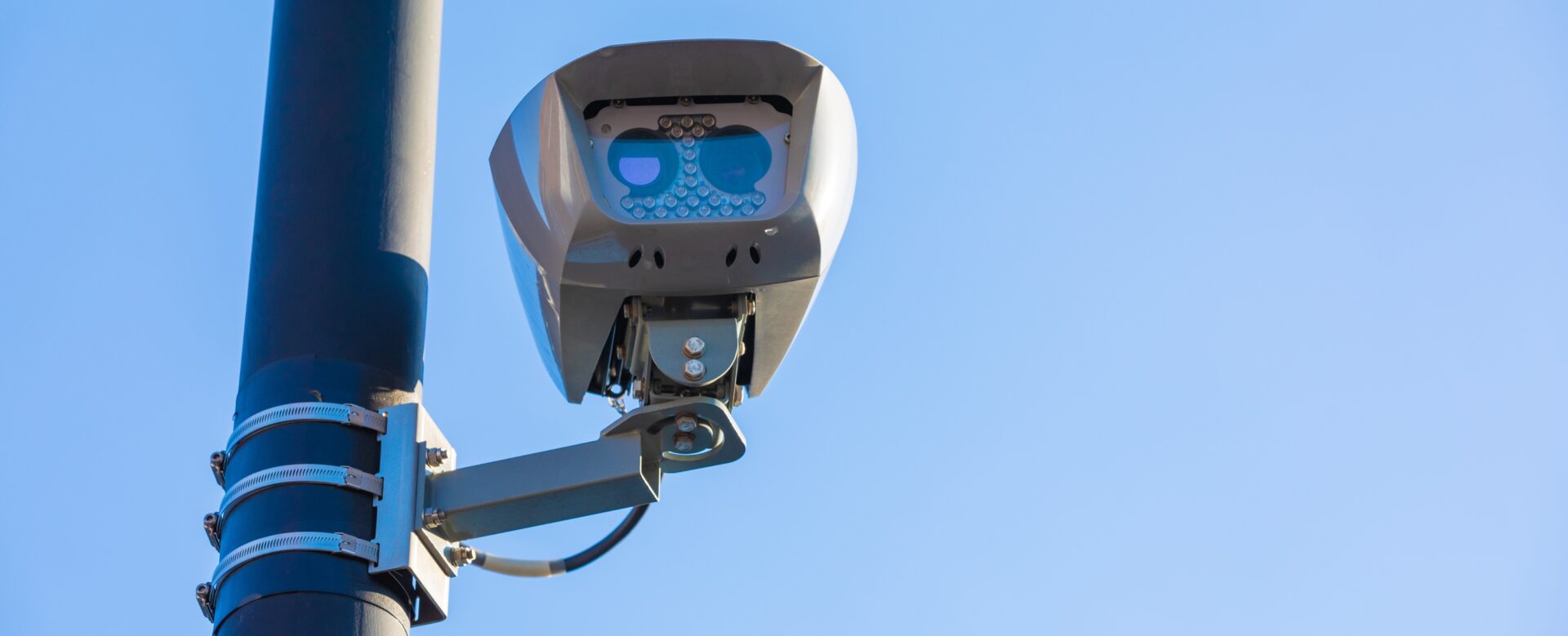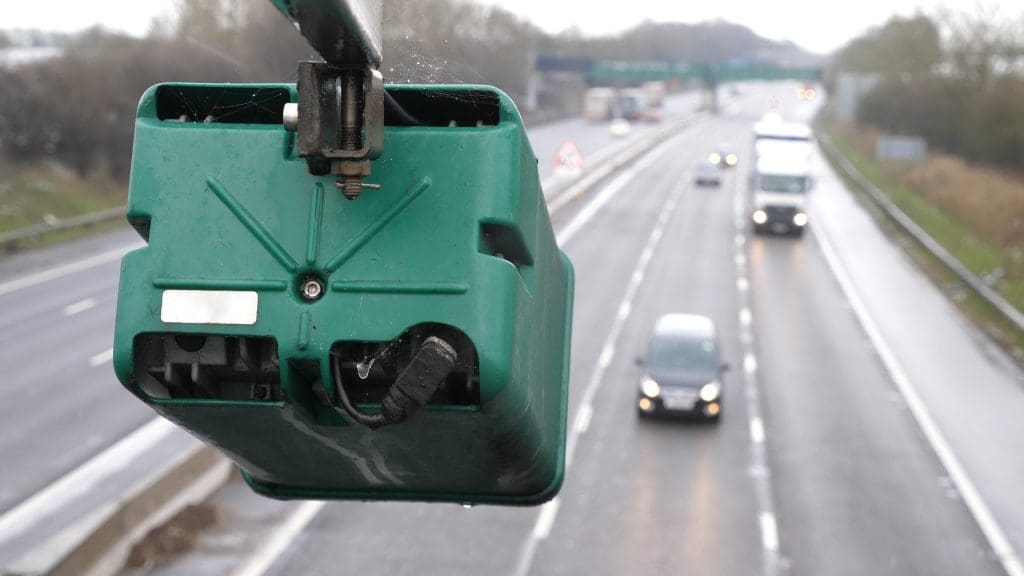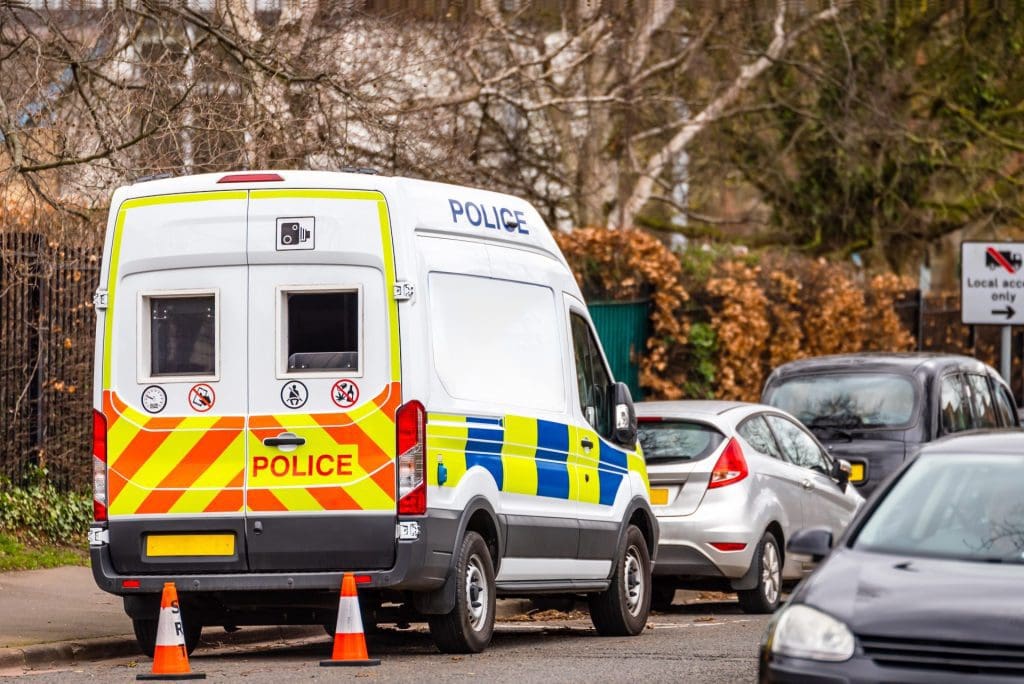Are 4D Number Plates Legal?
4D number plates are fully road legal, as they meet the legislative requirements laid out by the Government in the British Standard. This refers to a set of rules that regulate the characteristics that are required of new number plates being produced in the UK.

What Is The British Standard?
As a DVLA-registered manufacturer and supplier of number plates, we have to ensure all of our 4D number plates adhere to the requirements laid out in the British Standard. As discussed, this refers to a set of rules that regulate the characteristics that are required of new number plates being produced in the UK. Therefore, it is the official test to determine whether a number plate is truly legal or not.
The current British Standard for UK plates is 145e (BS AU 145e). This became mandatory on 1st September 2021 and all number plates manufactured, sold or fitted from that date must therefore comply.
The new British Standard ‘e’ builds upon 145d (BS AU 145d) to ensure public safety and security through ANPR camera readings and harder, more resilient plates being produced.
Our registration plates are 100% UK road legal and MOT compliant, as they adhere to the aforementioned standards.
4D plates also fit into this category, as they fall under permitted features approved by the DVLA.
What makes 4D characters road legal?
Number plates must have characters which comply with the criteria set out in BS AU 145e.
- They must display solid black characters in the prescribed Charles Wright typeface which complies with the rules governing size, spacing, grouping and positioning.
- Number plates may optionally have raised 3D characters of plain black colour (known as “4D” number plates) provided that they meet all requirements of British Standard BS AU 145e.

What makes number plates road legal?
Number plates are governed by the regulations set out in the British Standard 145e.
Number plates must have the following features:
- They must be the correct size as specified in the rules.
- The background of front plates must be the prescribed reflective white colour and rear plates must be the prescribed reflective yellow colour.
- They must have reflective properties complying with British Standard BS AU 145e.
- They must have physical resilience properties complying with British Standard BS AU 145e.
- They must display solid black characters in the prescribed Charles Wright typeface that comply with the rules governing size, spacing, grouping and positioning.
- They must bear the supplier’s name and postcode and the manufacturer’s mark.
- They must bear the current British Standard number, BS AU 145e.
They must not have any of the following:
- any background colour, pattern or texture except the plain reflective colours specified in the rules and the British Standard;
- any font or typeface except the regulation Charles Wright typeface;
- any character colour, shading, effect or texture except solid black;
- any text, except that which is required or is specifically allowed by the rules;
- any badge, emblem image or graphic element not expressly allowed by the rules;
- any coating, treatment or another measure that may affect the reflective properties or legibility of the number plate, either visually or by number plate recognition technology;
- any screws, bolts or other objects that alter the appearance of characters or interfere with legibility.
Plates may optionally have the following:
- raised 3D characters of plain black colour (known as “4D” number plates) provided that they meet all requirements of British Standard BS AU 145e;
- a coloured border as allowed by the rules;
- a national flag/emblem as specifically allowed by the rules;
- national identifier letters as specifically allowed by the rules.
- Fully electric/zero-tailpipe-emissions vehicles may optionally display the approved green ‘flash’ or panel at the left-hand end of the number plate.

UK Government
The Government have reiterated the legality of 3D characters (of which 4D is a synonymous term) on the gov.uk website.
“Your number plates can also:
- have 3D (raised) characters
- display certain flags, symbols and identifiers
- display a green flash, if you have a zero-emission vehicle”
British Number Plate Manufacturers Association
As quoted by the British Number Plate Manufacturers Association, BS AU 145e means that all number plates must be:
Durable and able to resist:
- Impact. Stone chips and minor parking collisions are unfortunately part of driving. The impact test ensures the plate’s longevity.
- Bending. The components that make up a plate can separate from one another when the plate is bent. This is sometimes called plate delamination. The bend test prevents delamination on BNMA member supplied plates.
- Thermal change. The UK’s changeable temperature necessitates this test. The shape and size of a plate must remain the same when it is subjected to heat and the cold.
- Abrasion (NEW). Plates stay clear and easy-to-read if they pass the abrasion test. This protects against repeated exposure to dirt, road grime and jet-washing.
- Being removed from a vehicle. Provided adhesive pads are placed correctly along the plate, it will take over 160 hours of consistent pressure to detach a plate that passes the E standard.
- Weathering. The weathering test under BS AU 145d remains the same under BS AU 145e. It’s a key assessment which replicates 2,275 hours of UV exposure; comparative to 2.5 times more than some other European number plate test schedules.
- Dirt. As a subset of the weathering test, plates must be able to resist simulated dirt.
Reflective, with the correct:
- Colourimetry. Plates must be made of components which utilise the correct shade of white for front plates, the correct shade of yellow for rear plates and the correct shade of black for printed digits.
- Retroreflection. To keep them distinct on a plate, the black digits and yellow or white background have very different retroreflectivity rules. The black digits cannot exceed 0.5 retroreflective units (cd/lx), whilst the white or yellow background can’t exceed 150 retroreflective units.
- Near Infrared contrast (NEW). ANPR cameras read plates by looking at the contrast between the digit and the plate background. This contrast is read in the near infrared (NIR) spectrum, which is similar to infrared or ultraviolet. The new rules make sure all plates can be read in NIR, so we subsequently test this is at various points throughout the accreditation process.
Designed and printed with the correct:
- Solid black digits (NEW). Two-tone fonts of any kind are no longer allowed. This is for ANPR cameras.
- Supplying outlet’s details. The centre-bottom of the plate must include the supplier’s business name and postcode.
- Component manufacturer’s mark. All plates show the manufacturer name and BS AU 145e in the bottom right corner of the plate.
- Space around the registration. This is essential for ANPR readability.
- Optional border.
Conclusion: 4D Number Plates Are Legal
After examining the British Standard, we can conclude that 4D number plates are fully road legal in the UK.
At Aplates, our plates undergo vigorous testing procedures to ensure they adhere to each and every legal parameter set out by the DVLA. Our evaluation includes a state-of-the-art ANPR camera test, meaning you can rest assured we comply with Police regulations. Wiltshire Police have even visited to test our number plates, and as we passed with flying colours, we can guarantee our commitment to the British Standard.
By choosing our 4D number plates, you can rest assured that you won’t face any issues with the Police, MOT testing stations, VOSA, or the DVLA.